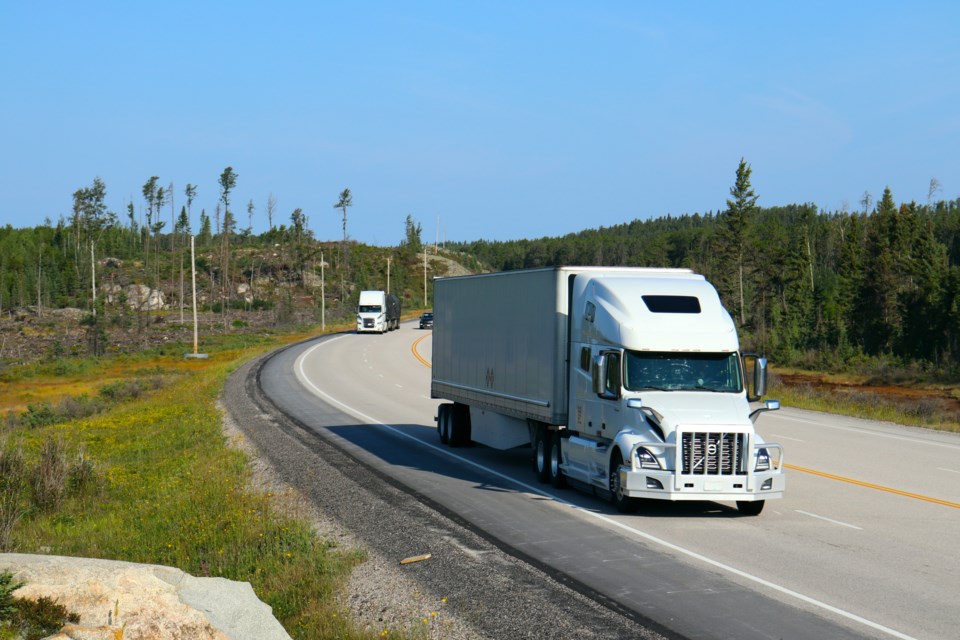TORONTO — If everything goes according to plan, by the 2040s more than 650 truckloads of spent nuclear fuel could be shipped to Northwestern Ontario on the highway each year.
But the number of trucks carrying used fuel rods would be reduced significantly – to fewer than 250 annually – if the Nuclear Waste Management Organization opted to ship by rail as well.
The NWMO's newly-released preliminary transportation plan provides an overview of transport requirements for both the proposed Ignace-area storage site and the South Bruce site.
However, until a final site selection is made, its preliminary focus is on all-road options.
That's because there is no existing rail infrastructure to the South Bruce location, which makes the use of trucks to that site more likely than the hybrid option.
There are currently more than three million spent fuel bundles in interim storage facilities at eight facilities across Canada.
By the time the country's existing nuclear reactors stop operating, the number of used bundles will increase to 5.5 million.
The preliminary shipping plan includes a detailed description of the containers that could be used, and how they are tested for their ability to withstand the impact of a collision.
The NWMO on Wednesday also released its Transportation Planning Framework which it said sets out its objectives and considerations for transporting nuclear fuel. The document was adjusted after public feedback on a draft issued in 2020.
It said key updates include more discussion of the importance of Indigenous voices in the planning process, and an acknowledgement that people have concerns about existing infrastructure gaps and impacts.
Transportation Engagement Manager Caitlin Burley said NWMO knows the transportation of used fuel is a subject of broad public interest, and it wants to hear from Canadians including Indigenous people "about what they want to see in a safe and socially acceptable transportation plan."
Burley said the planning framework and the preliminary plan are intended to advance NWMO's public dialogue as it develops more detailed site-specific plans in the coming years.
"Like everything else we do, we are interweaving western science and Indigenous knowledge into our transportation planning approaches," Burley added.
The organization expects to decide between Ignace and South Bruce sometime in 2023.
The transportation of used nuclear fuel in Canada is jointly regulated by the Canadian Nuclear Safety Commission and Transport Canada.
Regulatory requirements are based on international standards.
NWMO said it will revise its plans every three years over the next two decades to consider evolving best practices and new technologies.
